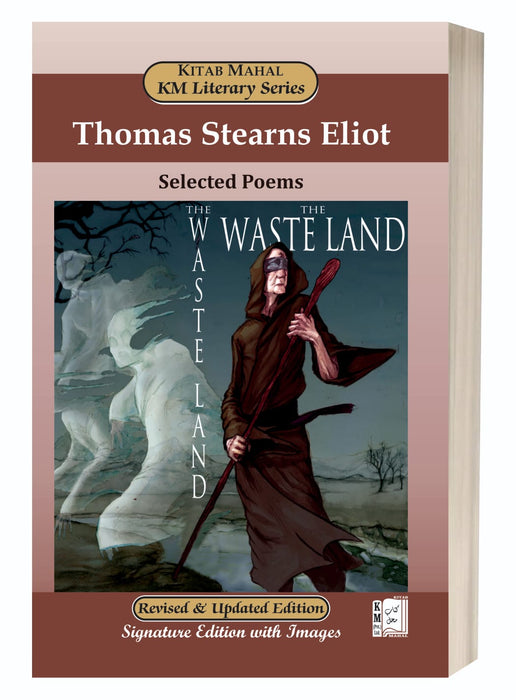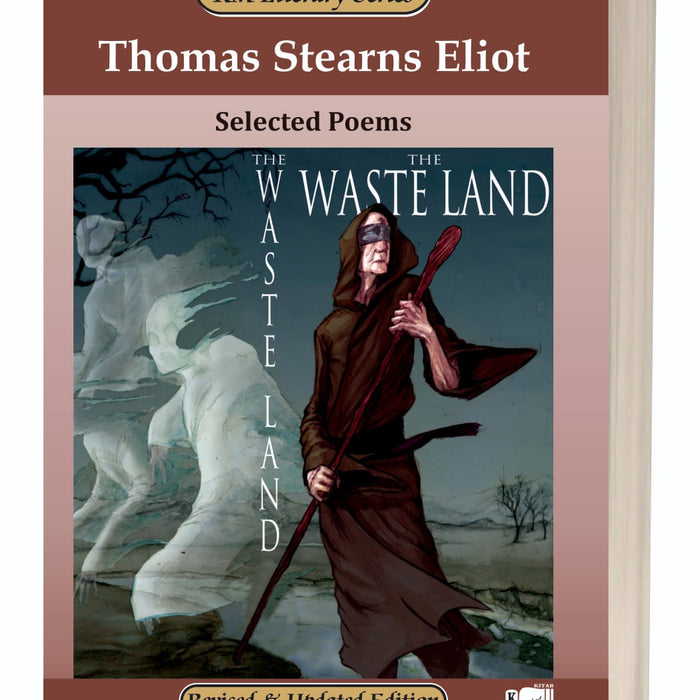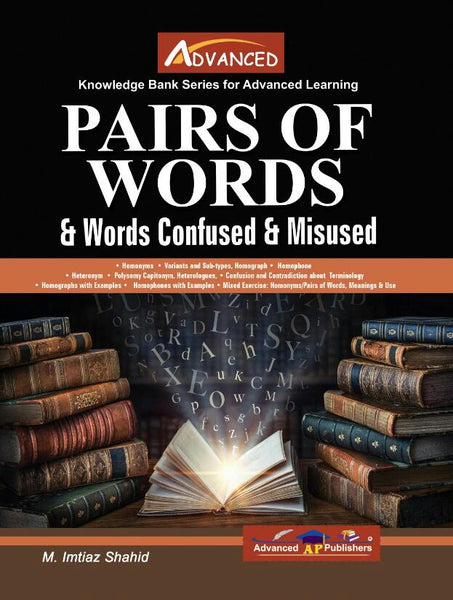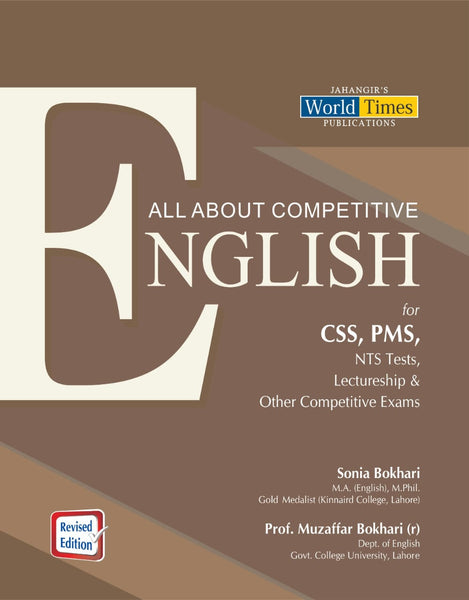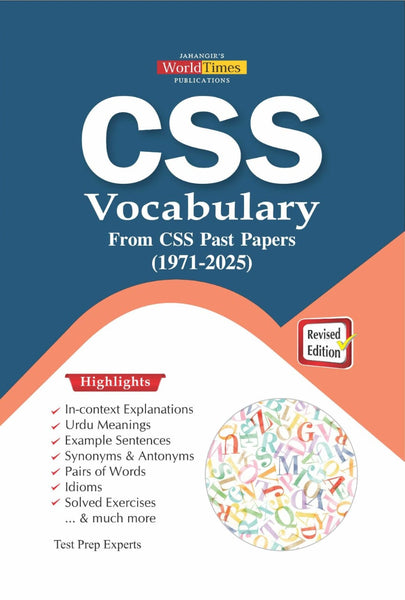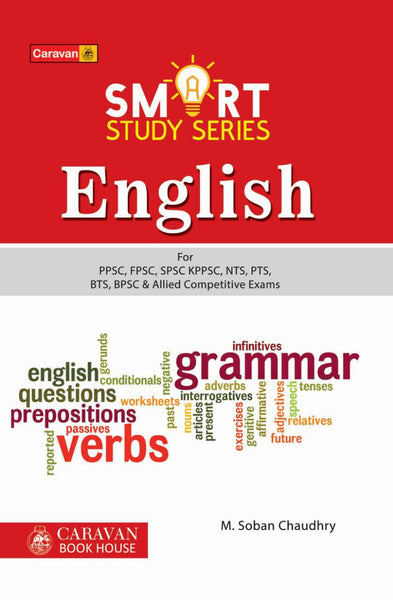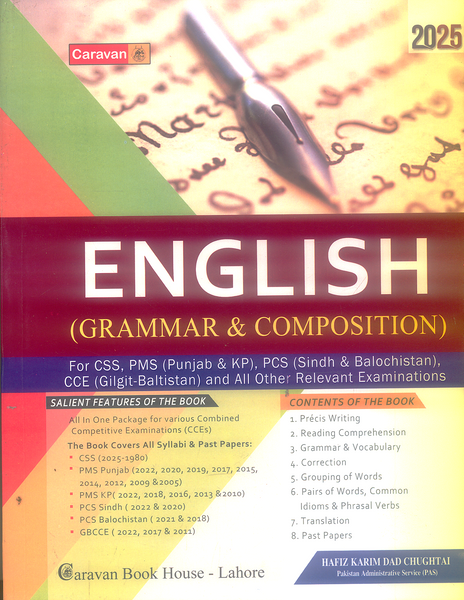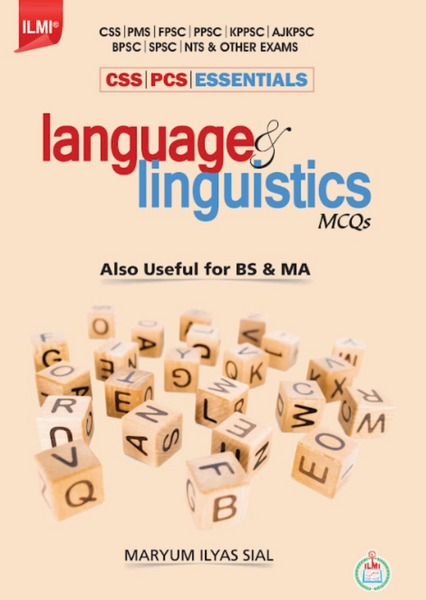Selected Poems ( Wast Land ) by Thomas Stearns Eliot – Kitab Mahal
- Publisher: Kitab Mahal (Pvt) Ltd , KM
- Availability: In Stock
- SKU: 18196
- Number of Pages: 440
Rs.470.00
Rs.585.00
Tags: 1920s literature , 20th-century authors , 20th-century poetry , British poets , BS , classic poems , complex structure , Critical Studies , cultural allusions , cultural collapse , disillusionment , English , English fiction , English poetry , existential search for meaning. , existential themes , fragmentation , intellectual engagement , Kitab Mahal , Kitab Mahal (Pvt) Ltd , KM , literary innovation , literary modernism , modernist movement , modernist poetry , mythological references , philosophical themes , poetic technique , poetry study , poetry translation , post-war literature , regeneration and rebirth , spiritual desolation , symbolic imagery , T.S. Eliot , Text , The Wast Land , The Waste Land , Urdu Tarjama , Wast Land , WastLand , With Urdu Translation
Selected Poems (The Waste Land) by T.S. Eliot is a powerful collection of some of Eliot's most celebrated works, with "The Waste Land" as its centerpiece. Written in the aftermath of World War I, "The Waste Land" stands as one of the most influential poems of the 20th century, marking a significant shift in modernist poetry. It is known for its complex imagery, fragmentation, and its exploration of themes such as disillusionment, decay, and the search for meaning in a post-war world.
Key Features
-
The Waste Land (1922):
- The Waste Land is Eliot's magnum opus, a long, modernist poem that depicts a fragmented world in the wake of global destruction and spiritual desolation.
- The poem is divided into five sections, each exploring different themes and using a variety of cultural, literary, and religious references.
- It reflects the anxieties and confusion of the post-war generation, with its references to myth, literature, and philosophy reflecting the complexity of the modern condition.
-
Modernist Innovation:
- Eliot's use of fragmented structure, multiple voices, and shifts in time and space is characteristic of modernist poetry.
- The poem challenges traditional narrative forms, opting for a collage of disjointed images and allusions that require the reader to engage actively with the text.
- This innovative style was revolutionary for its time and continues to shape the way contemporary poetry is written and interpreted.
-
Themes of Desolation and Rebirth:
- The Waste Land explores themes of spiritual emptiness, desolation, and the decay of civilization.
- It also hints at a potential for renewal, with references to the mythic quest for salvation, the possibility of regeneration, and the struggle to find meaning in a world that seems fractured beyond repair.
- These themes reflect Eliot's personal concerns with the collapse of societal values and the disillusionment of modern life.
-
Symbolism and Allusions:
- The poem is rich with allusions to a wide range of cultural, historical, and literary references, including works from the Bible, Dante, Shakespeare, Hindu and Buddhist philosophy, and the Grail legend.
- These allusions serve to create a multilayered text that offers numerous interpretations and insights into the human condition, particularly in times of crisis.
-
Urdu Translation:
- This edition includes an Urdu translation, making Eliot's dense and intricate language more accessible to Urdu-speaking readers.
- The translation allows readers to experience the emotional and intellectual depth of "The Waste Land" in their native language, facilitating a deeper engagement with the poem's themes.

